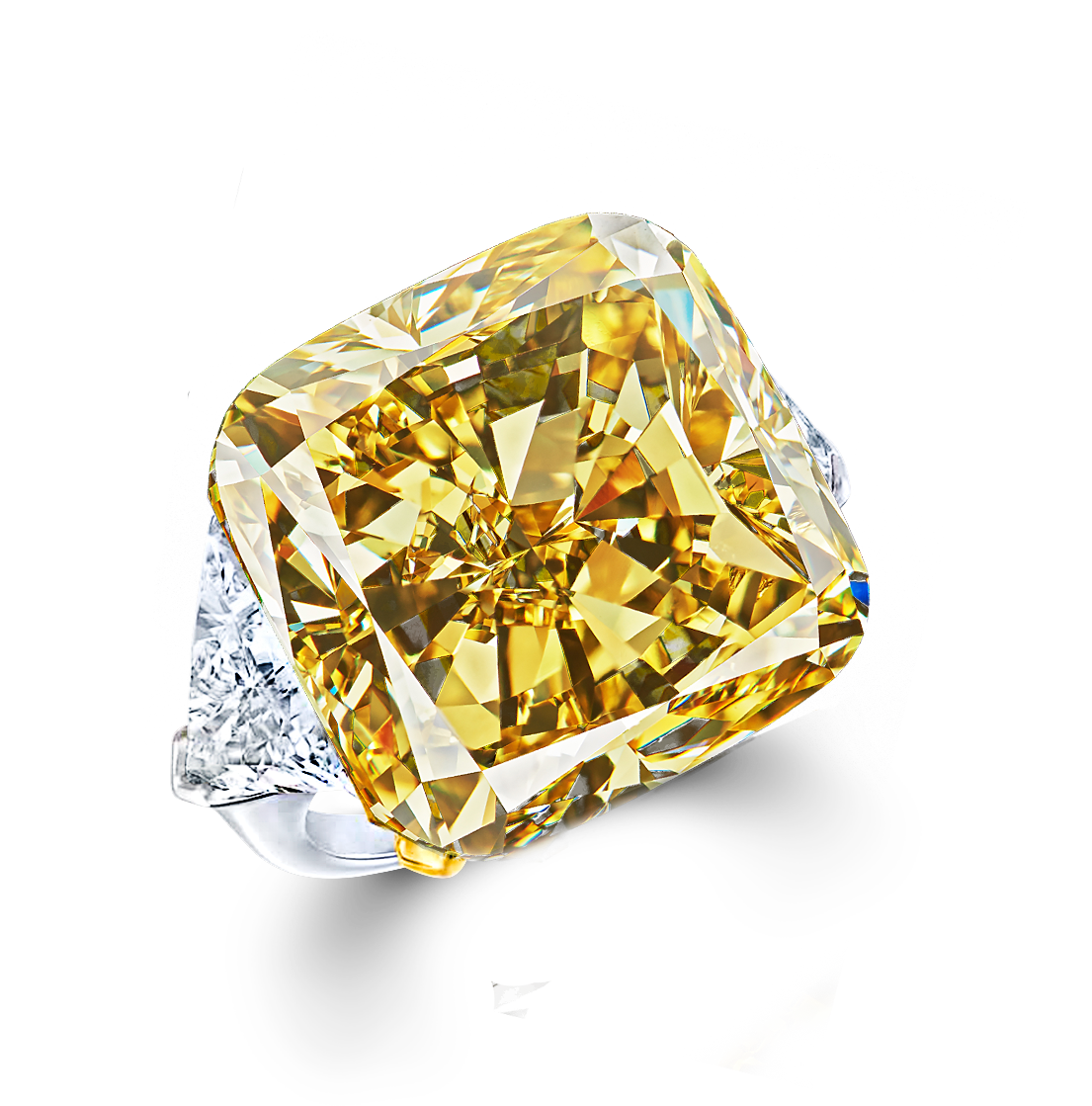HPHT Synthetic Diamonds
HPHT technology
HPHT technology involves obtaining diamonds at temperatures above 1400 degrees and pressures of about 5 GPa using the temperature gradient method. The installation, which is a multi-punch hydraulic press, compresses a special container – a growth cell, inside which is a catalyst and graphite. The process of growing a large crystal or several small ones lasts about a week.
Diamonds grown in the laboratory have the same physical, chemical, and optical characteristics as natural diamonds.
The properties of the obtained diamond single crystals are absolutely no different from natural diamonds. The advantage is that the synthesis can be controlled, that is, it gives a constant output characteristics, and predictable properties depending on the solvent and modes of synthesis.
Table of comparison of natural and grown diamonds. It shows that they are identical.
Table of comparison of natural and grown diamonds. It shows that they are identical.
| natural diamonds | grown diamonds | |
| chemical properties | Carbon (C) | Carbon (C) |
| refractive indices | 2.42 | 2.42 |
| Dispersion | 0.044 | 0.044 |
| Hardness | 10 | 10 |
| Density | 3.52 | 3.52 |
Properties of synthetic diamonds obtained:
• size up to 8 mm;
• nitrogen concentration 0.5 – 2.0 ppm;
• thermal conductivity up to 2200 W / (m · K);
• optical transparency range from 225 nm to 25 microns;
• high perfection of the crystal structure;
• low luminescence
(the ratio of the intensity of the spectrum of cattle of the second order to the luminescent background is ~ 15 – 30);
• electrical resistivity above 1012 Ohm · cm;
• Hardness not less than 105 GPa.
• nitrogen concentration 0.5 – 2.0 ppm;
• thermal conductivity up to 2200 W / (m · K);
• optical transparency range from 225 nm to 25 microns;
• high perfection of the crystal structure;
• low luminescence
(the ratio of the intensity of the spectrum of cattle of the second order to the luminescent background is ~ 15 – 30);
• electrical resistivity above 1012 Ohm · cm;
• Hardness not less than 105 GPa.
Properties of synthetic diamonds obtained:
• size up to 8 mm;
• nitrogen concentration 0.5 – 2.0 ppm;
• thermal conductivity up to 2200 W / (m · K);
• optical transparency range from 225 nm to 25 microns;
• high perfection of the crystal structure;
• low luminescence
(the ratio of the intensity of the spectrum of cattle of the second order to the luminescent background is ~ 15 – 30);
• electrical resistivity above 1012 Ohm · cm;
• Hardness not less than 105 GPa.
• nitrogen concentration 0.5 – 2.0 ppm;
• thermal conductivity up to 2200 W / (m · K);
• optical transparency range from 225 nm to 25 microns;
• high perfection of the crystal structure;
• low luminescence
(the ratio of the intensity of the spectrum of cattle of the second order to the luminescent background is ~ 15 – 30);
• electrical resistivity above 1012 Ohm · cm;
• Hardness not less than 105 GPa.
The table shows the electrophysical properties of the most widely used semiconductor materials and diamond.
| Si | GaN | 4H-SiC | Diamond | |
| band gap e (eV) | 1.12 | 3.44 | 3.23 | 5.45 |
| dielectric constant ε | 11.9 | 9 | 9.8 | 5.7 |
| mobility of electrons μ cm / (v · s) | 1350 | 1150 | 900 | 2500 |
| hole mobility μ cm / v · s) | 480 | 200 | 120 | 1200 |
| thermal conductivity λ W / cm · K) | 1.5 | 2 | 5 | 24 |
| jfm (normalized by si) | 1 | 27.5 | 20 | 900 |
| thermal expansion coefficient (normalized by si) | 1 | 2.2 | 1.6 | 0.03 |
partnership
We are always interested in expanding our partner network, and if you are interested in individual projects based on our advanced technologies for growing nitrogen-free diamond single crystals according to the highest quality standards, surpassing natural diamonds in size and characteristics, you can always contact us about the possibility of partnership and collaboration.

SCIENCE
how do we create our diamonds?
The process of creating a natural and synthetic diamond is extremely similar – only one occurs naturally, and the other occurs in the laboratory. We make science simple and want to share with you our innovative and advanced HPHT synthetic diamond technology.